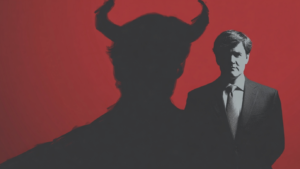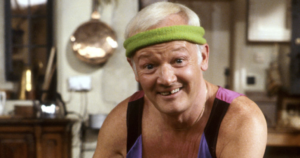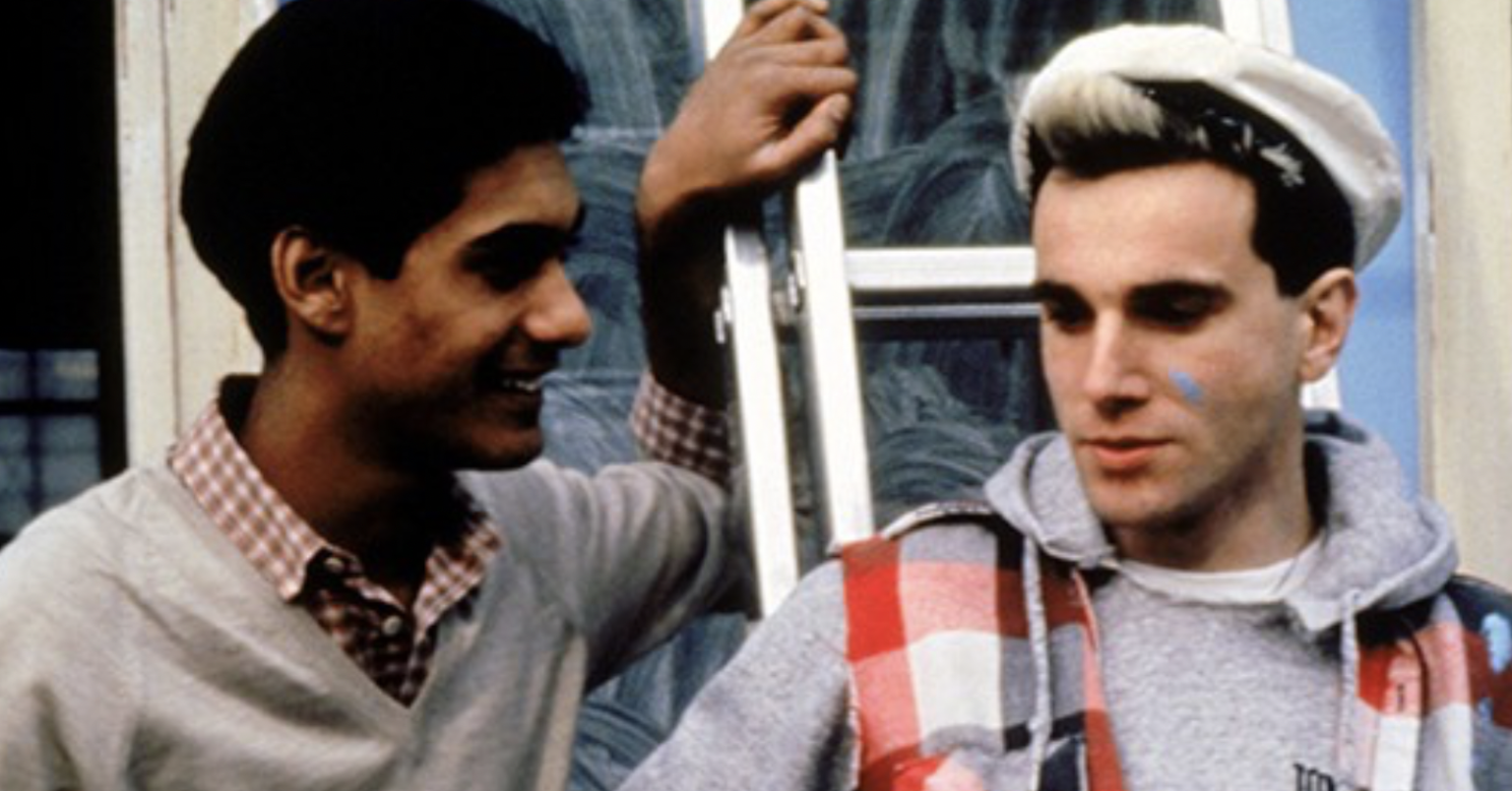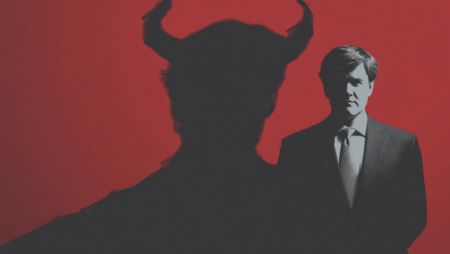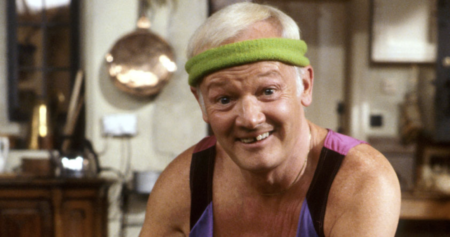In 1985, the British film My Beautiful Laundrette emerged not only as a sharp social commentary but also as a landmark of queer storytelling. Directed by Stephen Frears and written by Hanif Kureishi, it unspools the story of Omar, a British-Pakistani man navigating the pressures of family, race, and identity in Thatcher-era London. What some viewers remember as a story centred on Daniel Day-Lewis’ charismatic Johnny Burfoot is, in fact, an intricate character study of Omar, played with subtlety by Gordon Warnecke.
Set against the backdrop of a divided London grappling with racial tensions, class disparity, and the rising tide of Thatcherism, the film explores the intersectionality of identity in poignant ways. Omar’s decision to take over and revamp the titular laundrette—a once run-down business gifted by his uncle—symbolises not just entrepreneurial ambition but a reinvention of self and place. This is underscored by his collaboration with Johnny, a childhood friend whose reconnection with Omar blossoms into a tender, defiant queer romance.
The film gained acclaim for its nuanced portrayal of a queer interracial relationship at a time when such stories were rare in mainstream cinema. The tender gestures between Omar and Johnny—their silent kisses, shared glances, and private intimacies—are underscored with poetic delicacy. Despite occasional violence and racial hostility interrupting their moments, their bond stands as a beacon of hope and resistance, embodying the possibility of connection across boundaries without erasing the complexity and histories of racial violence.
Critically, My Beautiful Laundrette was both celebrated and contested. Its groundbreaking treatment of sexuality, race, and class won acclaim from mainstream and LGBTQ+ audiences alike. However, it also prompted criticism within parts of the British Asian community for what some saw as stereotypical or unflattering representations. This tension highlights the film’s willingness to transcend simple notions of positive representation, challenging audiences instead to confront uncomfortable truths and contradictions within social narratives.
The film’s enduring legacy can be partly attributed to the perfect synthesis of Kureishi’s sharp, layered script with Frears’ deft direction, which balances black comedy, social critique, and tender character moments without sentimentality. The portrayal of Omar and Johnny’s relationship is handled with a naturalism that avoids sensationalism and cliché, reflecting a broader, more inclusive understanding of love and identity.
One particularly moving scene captures Omar standing proudly behind the laundrette’s glass doors as the neighbourhood files in, the reflections of Omar and Johnny merging on the pane to form a new kind of face—neither white nor brown, neither rich nor poor. This symbolic moment crystallises the film’s hopeful vision of a transformed society where boundaries blur and new possibilities emerge.
Four decades on, My Beautiful Laundrette continues to resonate, not only as a portrait of a turbulent time in Britain but as an insightful exploration of aspiration, identity, and resilience. Its themes of family pressures, societal expectations, and the delicate dance of queer love remain deeply relevant, marking it as a true cult classic and a touchstone in queer and British cinema.
Source: Noah Wire Services



